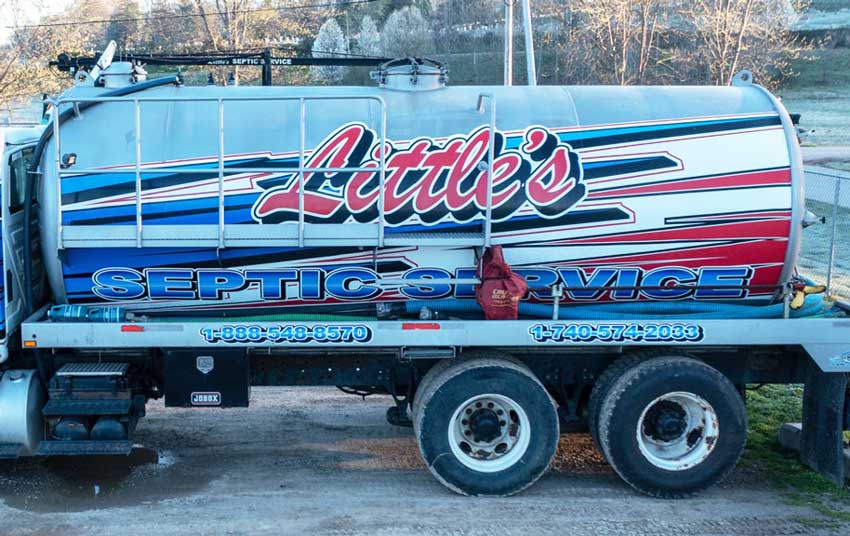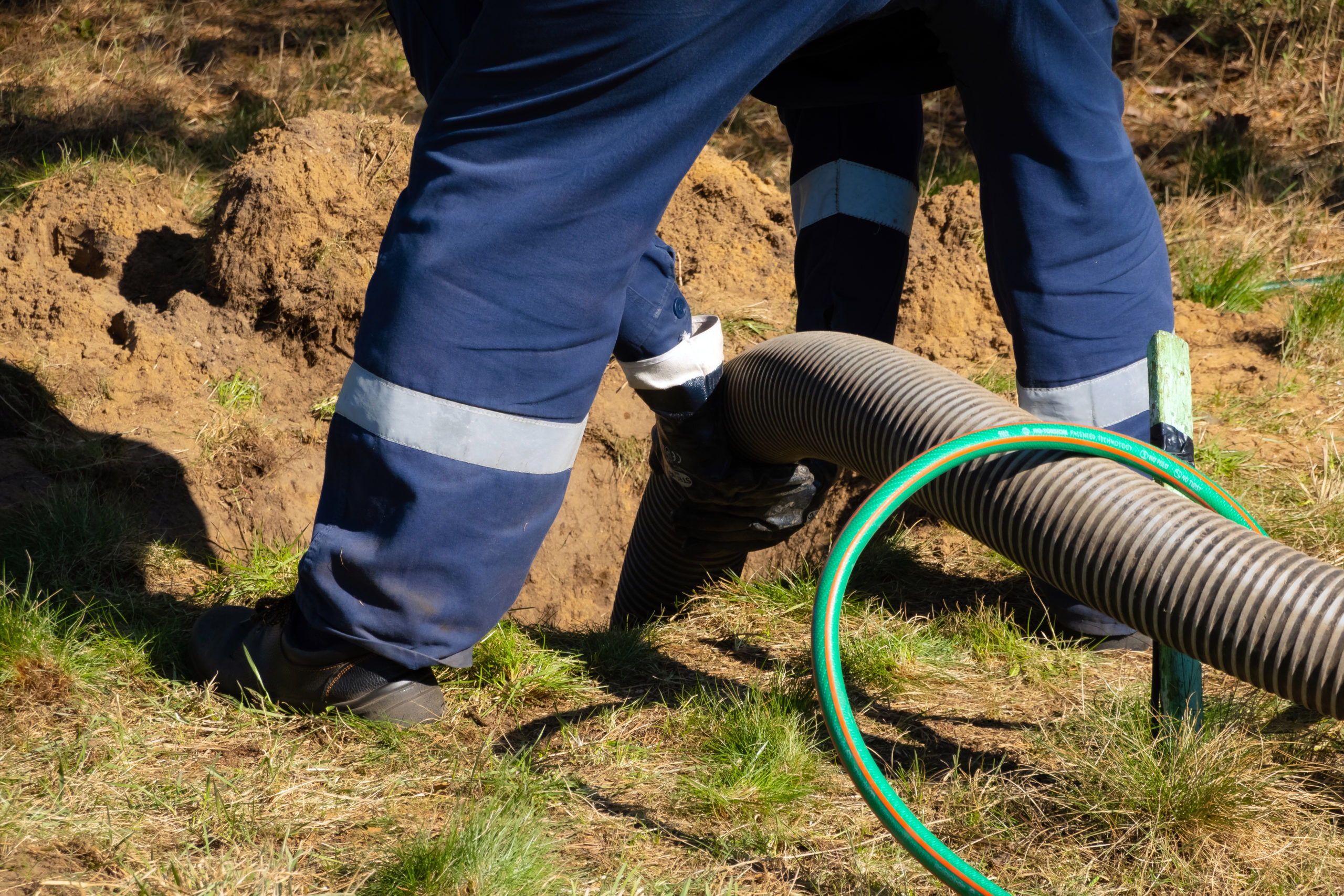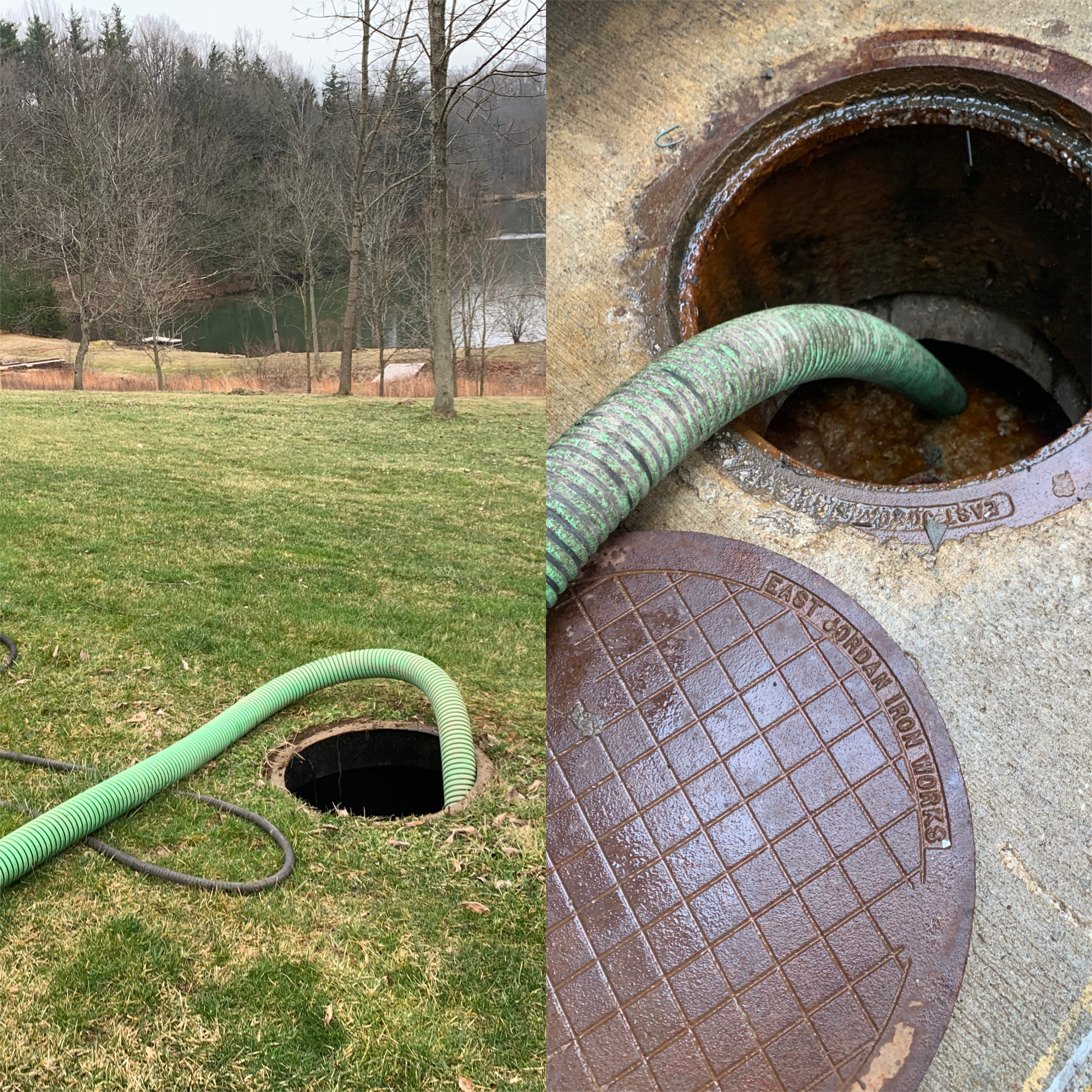The Basic Principles Of Stillwell Septic And Grading
Table of ContentsSome Known Questions About Stillwell Septic And Grading.A Biased View of Stillwell Septic And GradingSome Known Facts About Stillwell Septic And Grading.Getting My Stillwell Septic And Grading To WorkStillwell Septic And Grading Fundamentals ExplainedThe 5-Second Trick For Stillwell Septic And GradingThe smart Trick of Stillwell Septic And Grading That Nobody is Discussing
Generally, septic system setup is a complex process that needs cautious preparation and implementation. House owners need to work with a reliable installation group and know neighborhood laws and needs to ensure that their septic tank functions effectively for several years to come. After the sewage-disposal tank has been installed and linked to the drain field, it is time to backfill the location.The backfill material must be without clods, big rocks, icy issue, and debris that can cause gaps in the backfill that may permit resolving with time. Squashed rock or pea gravel 1/2-inch in diameter is liked if native materials are not suitable. Once the backfilling is full, it is time to landscape the area.
Once the septic tank has actually been installed, it is crucial to evaluate it to ensure that it is functioning correctly (Septic Service, Maintenance and Installation). https://www.slideshare.net/georgebraden29910. Examining the system includes looking for leakages, making sure that the tank goes to the appropriate level, and checking out the drain area. Among one of the most common tests performed is the hydraulic lots test
Not known Details About Stillwell Septic And Grading
The water is then checked to make sure that it flows appropriately through the pipes and right into the drainpipe area. If the water does not stream properly or supports into the storage tank, it might suggest a trouble with the system. An additional examination that is commonly done is the color examination.
The color is after that monitored to make certain that it streams properly through the pipes and right into the drain field. If the color does not stream appropriately or shows up in the wrong area, it might show a problem with the system. It is vital to have an expert carry out these examinations to ensure that they are done correctly.

The Definitive Guide for Stillwell Septic And Grading
Below are some crucial tips for homeowners to keep their septic system: The average household septic system need to be checked a minimum of every 3 years by a septic solution professional. The frequency of pumping depends upon the size of the storage tank and the number of people using it. https://worldcosplay.net/member/1735780. A general general rule is to pump the tank every 3 to 5 years
Utilizing water-efficient fixtures and devices, such as low-flow showerheads and bathrooms, can decrease water usage and aid the septic system work more efficiently. Only flush bathroom paper and human waste down the toilet. Avoid flushing anything else, including feminine hygiene products, child wipes, and food preparation grease, as they can clog the system.
The 4-Minute Rule for Stillwell Septic And Grading
Septic storage tank installation is a complex process that requires cautious planning and execution. Home owners must recognize the required steps associated with the installation procedure to make certain that their septic system operates properly and effectively. The initial step is to review the site where the septic tank will be set up.
Once the site has been assessed, the next step is to prepare for the setup. Home owners have to ensure that their professional is experienced in septic container installment and will certainly work alongside them throughout the process.
Not known Factual Statements About Stillwell Septic And Grading

Property owners should know the required steps associated with the installation process to ensure that their septic tank functions appropriately and efficiently. By adhering to these steps and keeping their system, home owners can feel confident that their septic tank will provide dependable wastewater treatment for several years to find.
Virtually one in five United state homes have septic systems. If you're not properly preserving your septic system, you're not just injuring the environment, you're putting your household's wellness at riskand might be purging thousands of dollars down the drain!
The Single Strategy To Use For Stillwell Septic And Grading

All that extra water can really stress your septic tank. Surprise using water-generating appliances. This can be useful especially if your system has actually not been pumped in a long period of time. End up being more water reliable by taking care of plumbing leaks and consider mounting washroom and kitchen area tap aerators and water-efficient products.
Things about Stillwell Septic And Grading
Know your system's place. When you have the tank pumped, attract a representation or map showing its area in relationship to taken care of factors - edges of the house, steps, or fencing posts.
Decrease the quantity of wastewater that must be treated and disposed of by your system: Clean no more than one or 2 Septic Tank Pumping loads of garments daily. Up to 53 gallons of water flooding your septic system with each tons, so it's best to spread laundry out over the week.